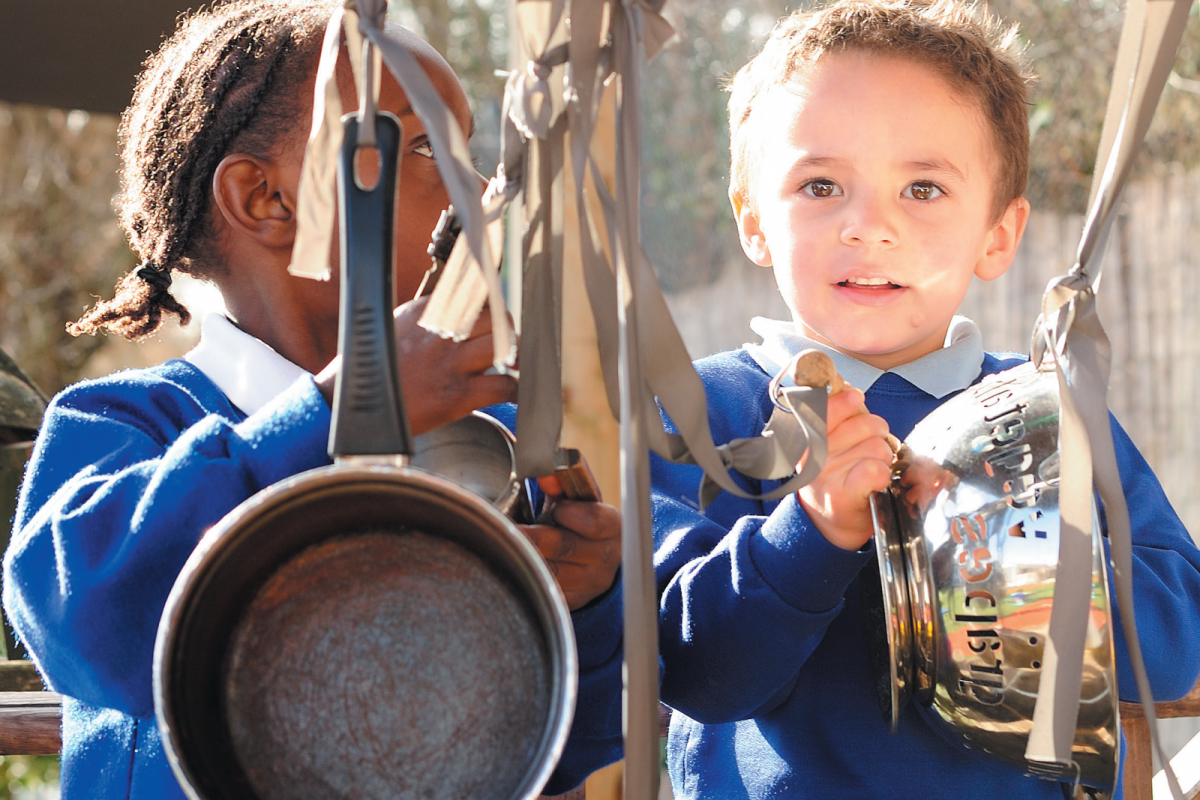
December 1, 2016, by Rupert Knight
The importance of memory in learning
How often do you feel frustrated that your pupils cannot remember what you have rigorously and carefully taught them, employing your most effective pedagogies to no avail?
How often have you employed memory techniques in your pedagogy to aid their ability to remember?
In this post Carmen Mohamed demonstrates the importance of employing memory techniques to support lifelong learning for all our pupils.
For years I have carried out an experiment on my beginner teachers, asking them to hear a group of 20 random words then, when I have finished, to write down as many as they can remember. Invariably, whether they are a cohort of 50- 150, only two or three can manage them all. When asked how they did it, without exception, they say they created a story map of images or a memory journey. This is not surprising as people with the best memories are known to assign pictures to concepts that are hard to remember. Once pictures have been assigned you can bring in colour and texture, linking pictures together to create a memory journey. The Ancient Greeks and Romans used this technique to great effect, as does Sherlock when he accesses his ‘mind palace’.
This method draws on the creative side of our brains as well as exercising the logical side bringing about what Hancock (2012) calls ‘whole brain thinking’. Using memory skills though are not just about being able to store and retrieve information they are also about knowing how and why to use it. And there is evidence that learners do not always see understanding or a need to remember as the point of the learning exercise (Goodlad 2004:9).
Learners arrive in classrooms with an assortment of abilities, skills, knowledge, interests, attitudes, beliefs, and preferences. In a sequence of learning experiences, sometimes extending over relatively long periods of time, earlier experiences may give rise to learning that is adequate at the time but proves an obstacle later. Some learners adopt a surface approach to learning in which information is treated as unconnected facts (Entwistle and Entwistle 2002:10). They are able to write a description of an event or describe how to carry out a procedure but these float free in the learner’s mind. What is often needed is an approach which establishes relationships that the pupil can grasp and relate to existing knowledge.
Bruner’s (1966) suggestion that physical interaction with our world forms the basis of our thinking led him to devise a series of stages called ‘The Modes of Representation’ which explain the way in which children encode and store knowledge. At the Enactive stage, the children require physical interaction to conceptualise knowledge. During the Iconic representation stage the child begins to use images to think and store knowledge. Then later at the Symbolic stage children begin to think using symbols. This concurs with the use of concrete, active learning in the foundation stage with a need to develop visual strategies during key stage one developing into the abstract teaching most used in Key stage 2. These images and symbols are still utilised by adults when engaging in cognitive activity such as remembering.
Mayer and Moreno (2003) offer evidence that our working memory includes auditory, visual and spatial pads. It is important then to consider images and sounds alongside movement in our teaching. This is not a new idea but attributing it to memory is fundamental in terms of the importance afford to it during lesson planning. Our working memory is where information can be held, worked on, related to other mental elements, organised and shaped (Ribeaupierre and Hitch 1993), however, it is of limited capacity. We therefore make links between bits and pieces of information until it makes some kind of sense to us. These connections cannot be passed or transmitted from one person to another learners have to make them for themselves (Newton, 2012:2). Committing to long term memory in order to retrieve knowledge requires a range of different encounters with it as well as effective storage strategies.
Very recently an expert group of ITE providers developed guidance for developing behaviour management techniques in beginner teachers which included the need to understand long and short term memory. This may be an area of your practice that you neglect to discuss with your trainee teacher but it might be time to consider how we employ this knowledge in our practice.
- What about sharing how you teach children to store their learning effectively; for instance how much do you use pictures-memories love pictures- or imagination, sound and feelings in your learning capture?
- What about remembering what we learnt yesterday- what kind of cues do you use to ask them to recall? How do you teach your pupils about the importance of developing their memory?
These are all important considerations, which we would love to hear about. Why not post some of your ideas to add to the Primary Education Network?
Bruner, J. (1966) Towards a theory of instruction, Cambridge, Harvard University Press.
Entwistle, A. and Entwistle, N. (2002) Experience of understanding in revising for degree examinations, Learning and Instruction, 2(1): 1−22.
Goodlad, J.I. (2004) A Place Called School, New York: McGraw-Hill.
Newton, D. (2012) Teaching for understanding: what is it for?, Abingdon: Routledge.
Ribeupierre, A. and Hitch, G.J. (1993) The Development of Working Memory, Hove: LEA in Newton, D.P. (2012) Teaching for Understanding: what is it for? Abingdon: Routledge.

[…] See also this blog on memory and learning: Memory and learning […]
Materials are well understandable, well systematic and organized to the reader!!!